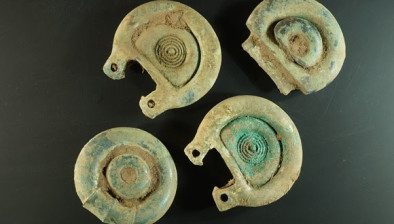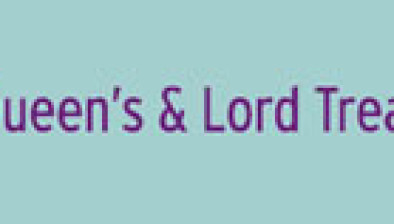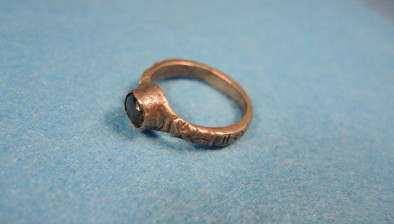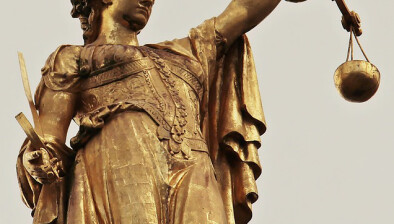Public consultation launched amid review of Treasure Trove
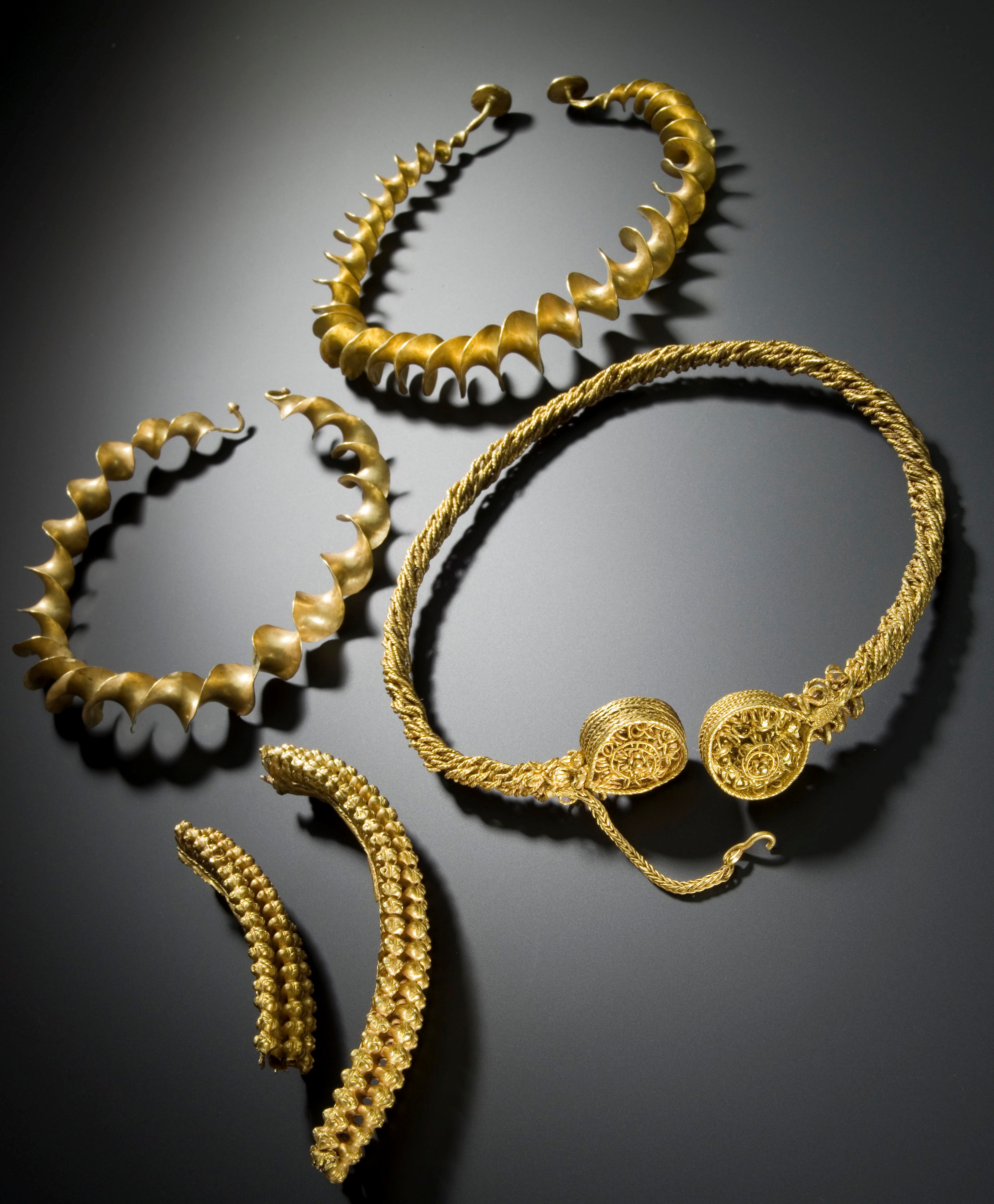
Blair Drummond torcs
The King’s and Lord Treasurer’s Remembrancer (KLTR) has launched a large-scale public consultation as part of a review of the Treasure Trove system, which is the process for assessing and preserving archaeological finds discovered in Scotland.
The 12-week consultation will inform a report and recommendations on the future of the system, the first time in over 20 years that such a comprehensive review has been undertaken into Treasure Trove in Scotland.
It aims to gather views from all of those who use and benefit from the system, from museums and public heritage organisations to metal detecting clubs and individuals with a passionate interest in archaeology and Scotland’s cultural heritage.
The consultation, which will run from today (Monday, February 19) until 13 May, is an opportunity for organisations and individuals to contribute their views on sustaining and improving the Treasure Trove system for present and future generations.
The Treasure Trove system has been a mainstay in preserving Scotland’s archaeological record and ensures that objects of archaeological, historical or cultural significance are recorded, preserved and allocated to Scottish museums for public benefit.
During the past two decades, important archaeological finds which have passed through the Treasure Trove process have included:
- A Mesolithic harpoon: A rare and unusual artefact, found by a child many decades before being reported to the Treasure Trove Unit (TTU). It is an incomplete bone detachable harpoon head, dated to the Mesolithic Period, c. 5700 – 4000 BCE. It was allocated to the West Highland Museum in Fort William in 2023.
- A memento mori finger ring: Contains a bezel in the shape of a human skeleton stretched out with the arms over the head. The interior of the hoop is engraved with the legend ‘Cogita Mori’ - ‘remember death’- picked out in black enamel. Commonly found on sundials of the 16th century, items of jewellery like this functioned as memento mori, a reminder of the wearer’s mortality. Mary Queen of Scots owned a watch in the shape of a skull. The ring was found in 2013 and allocated to Fife Cultural Trust in March 2014.
- Blair Drummond torcs: The group of Iron Age gold torcs - complete and fragmentary - from Blair Drummond near Stirling, show a range of European craft influences and design skills. They were found by a metal detectorist in 2009 and allocated to National Museums Scotland in 2010.
Carpow logboat: Found in the River Tay in 2001, the Carpow logboat is an unusually preserved Late Bronze Age logboat dating to c. 1170 – 970 BCE. The logboat was carved out of a single tree trunk and has survived to almost its full length of nine metres. It was allocated through the Treasure Trove process to Perth Museum and Art Gallery in 2007. The logboat will return to public display this summer after a period of conservation when Perth Museum reopens to the public.
Peebles Hoard: A late Bronze Age (c. 1150 - 800 BCE) hoard found near Peebles in June 2020 by a metal detectorist, who recovered about 21 copper-alloy artefacts before realising that there was still more in the ground. Archaeologists from the TTU and National Museums Scotland (NMS) stabilised the hoard in situ and it was block lifted to be excavated later in lab conditions. Now fully excavated, the hoard is going through the allocation process.
It comes amid continuing growth in the popularity of metal detecting, a lively context of professional and community archaeology throughout Scotland, and in a challenging financial climate for museums and heritage organisations.
Dr Stuart Allan, chair of the Treasure Trove Review and formerly Keeper of Scottish History & Archaeology at National Museums Scotland, and past member of the Scottish Archaeological Finds Allocation Panel and Council of the Society of Antiquaries of Scotland, said: “We want to hear from the public and interested parties on a range of topics about the operation and potential of the Treasure Trove system.
“This review is tasked with improving and strengthening the Treasure Trove system for the immediate future and beyond.”
Welcoming the public consultation, John Logue, the KLTR, said: “The role of treasure trove is to ensure that objects of cultural significance from Scotland’s past are protected for public benefit and preserved in museums across the country.
“We want to ensure that artefacts found in Scotland continue to provide maximum benefit to the public in understanding the significance of Scotland’s archaeological heritage.
“I would urge all those who have an interest in the future of the Treasure Trove system to fully engage with the public consultation.”
The consultation document and the online response form are available here.





